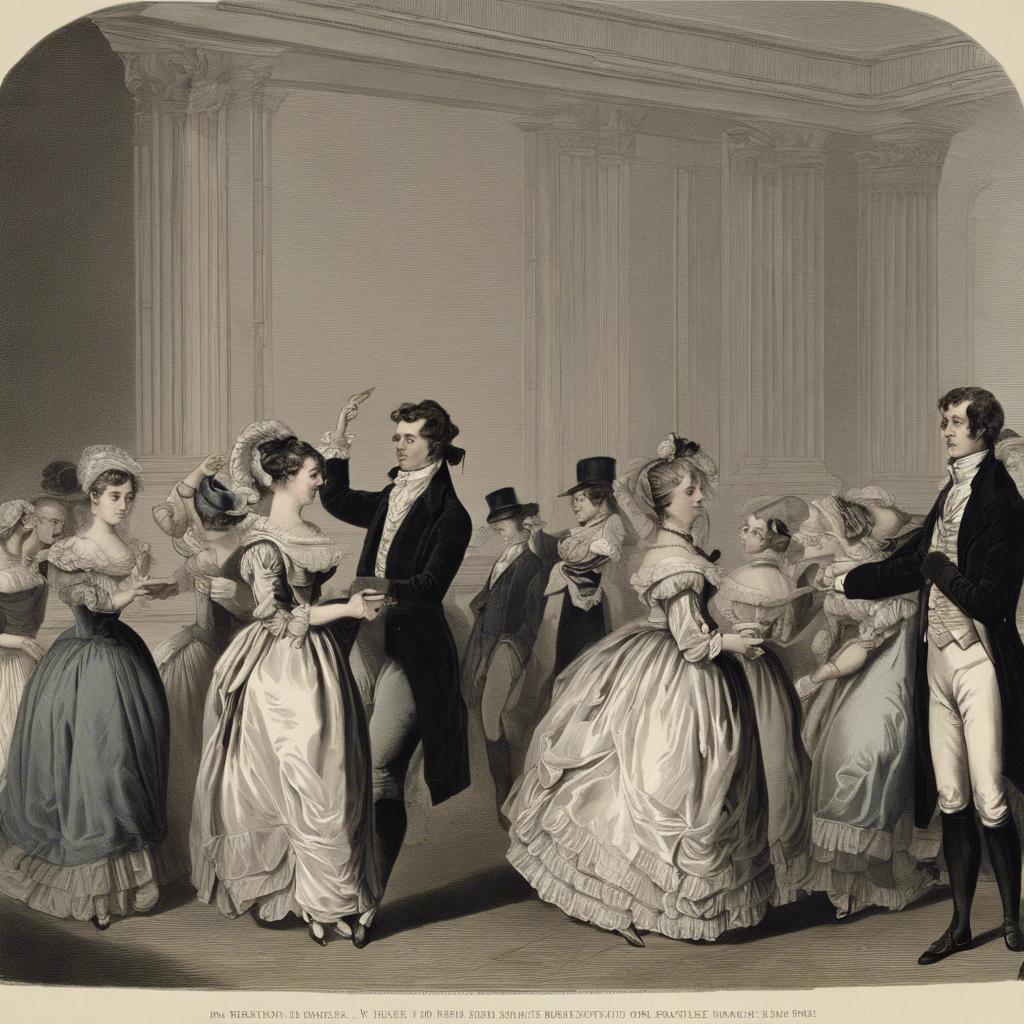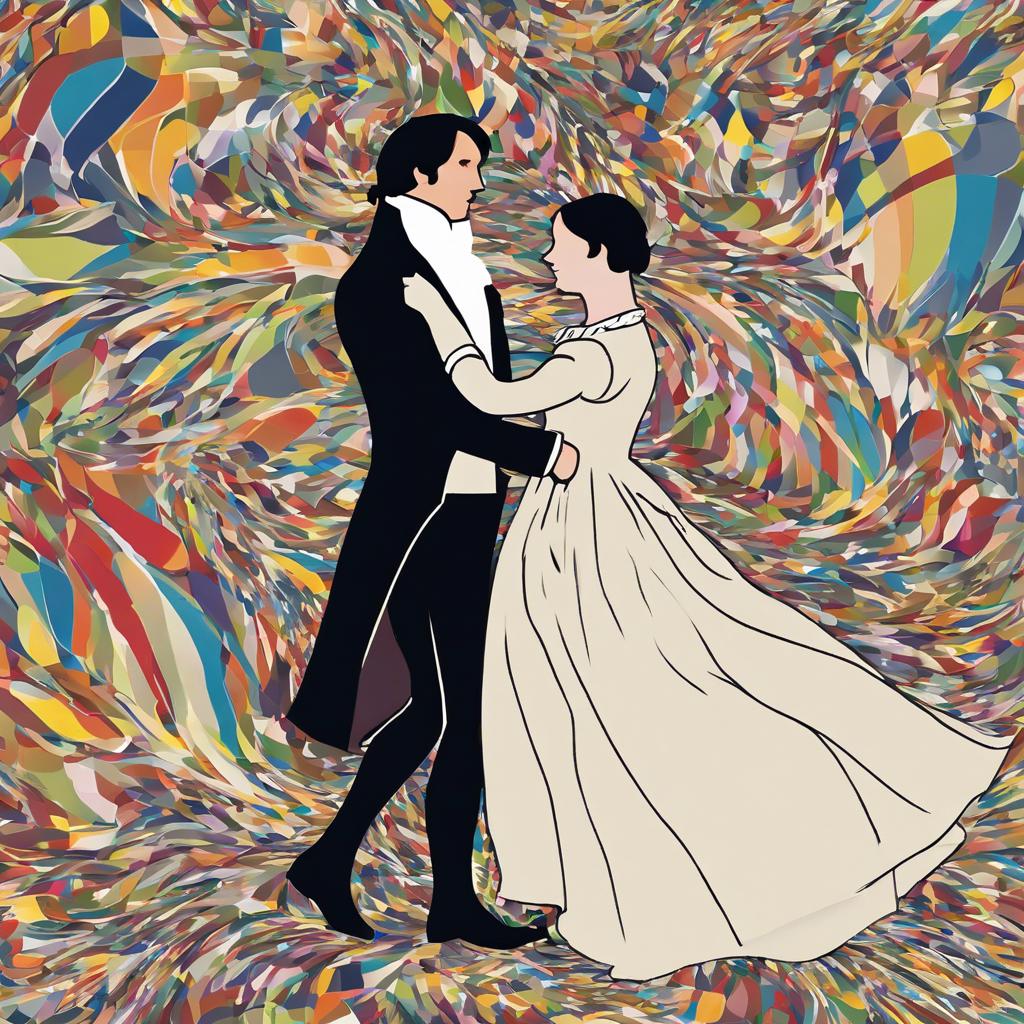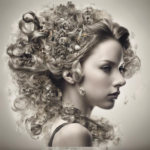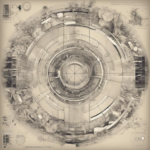The art of dance has long been intertwined with social norms and customs, reflecting the values and beliefs of a society. In the early 19th century, the ballroom provided a distinct platform for individuals to exhibit their etiquette, grace, and social standing. Immortalized in Jane Austen’s celebrated novel “Pride and Prejudice,” dances of the Regency era served as a crucial social arena where interactions between individuals of different classes and backgrounds were not only tolerated, but encouraged. In this article, we delve into the significance of pride and prejudice dances during this captivating period in history, examining the elaborate rituals, etiquette, and societal implications that underpinned these elegant soirées.
Step Into the World of Cheryl Bolen
Dive into the enchanting stories of love, intrigue, and elegance set in the Regency Era. Cheryl Bolen's novels offer timeless romance and captivating tales that will leave you wanting more.
Explore Cheryl Bolen's Books Now
Introduction to Regency Era Dances
In the elegant world of Regency England, dances were a significant social activity that brought together members of the upper class to showcase their refinement and grace on the dance floor. From lively country dances to romantic waltzes, these dances played a crucial role in courtship rituals and societal interactions during the early 19th century.
Characteristics of Regency Era Dances:
- Regency dances were known for their intricate footwork and precise movements, requiring dancers to be skilled in both coordination and deportment.
- Partners would engage in set patterns and formations, such as longway sets and quadrilles, adding a sense of structure and sophistication to the dance.
- The music accompanying these dances ranged from lively reels and jigs to more sentimental and melodic tunes, setting the mood for each particular dance.
Popular Regency Era Dances:
- The elegant and graceful Quadrille was a favorite among the fashionable elite, with its intricate steps and elaborate figures performed in a square formation.
- The scandalous Waltz, with its intimate embrace and flowing movements, caused a stir in society but ultimately became a staple of Regency-era balls.
- The lively and spirited country dances, such as the Sir Roger de Coverley, provided a jovial and communal atmosphere for dancers to enjoy together.
| Dance | Quadrille |
| Origin | French |
| Characteristics | Intricate footwork, square formation |
Etiquette and Social Norms in Pride and Prejudice Dances
In the Regency era portrayed in Pride and Prejudice, dances were a significant social event where etiquette and propriety were of utmost importance. Understanding the social norms of these dances is crucial to truly immerse oneself in the world of Jane Austen’s beloved novel.
One of the key aspects of etiquette in these dances was the order of precedence. In the hierarchy of society, individuals of higher rank were given priority in choosing dance partners. This meant that gentlemen of higher social standing would typically ask ladies of similar or lower status to dance. This strict adherence to social hierarchy was a reflection of the rigid class structure of the time.
Another essential etiquette rule in Pride and Prejudice dances was the proper conduct between dance partners. It was considered improper for a gentleman to refuse a lady’s request to dance, as it could be seen as a slight to her social standing. Additionally, physical contact between dance partners was strictly regulated, with a proper distance maintained at all times. This emphasis on decorum and respect underscored the importance of maintaining social harmony in the ballroom.
the dances in Pride and Prejudice served as a microcosm of the society in which the characters lived, highlighting the intricate web of social norms and expectations that governed their interactions. By adhering to these rules of etiquette, individuals could navigate the complex social landscape with grace and poise, ensuring that their behavior aligned with the standards of the time.
Popular Dances of the Period
In the Regency era, social gatherings were incomplete without the presence of elegant and refined dances that showcased the grace and skill of the attendees. One of the most was the lively and spirited Cotillion, where couples performed intricate patterns and formations to the delight of onlookers. The Cotillion was a symbol of sophistication and sophistication, with its mix of fast-paced movements and graceful poses.
Another beloved dance of the time was the stately and romantic Quadrille, which originated in the ballrooms of France before spreading to England. The Quadrille was known for its intricate steps and synchronized movements, requiring dancers to work together in perfect harmony. It was a dance of elegance and poise, where participants could showcase their creativity and style through the various figures and sequences.
Lastly, the graceful and charming Waltz captured the hearts of dancers and spectators alike during the Regency era. This dance of love and passion swept across ballrooms with its smooth and flowing movements, symbolizing romance and connection between partners. The Waltz was a dance of intimacy and emotion, where couples could express their feelings through the simple yet powerful act of dancing in each other’s arms.
Tips for Hosting a Pride and Prejudice Dance Event
When hosting a Pride and Prejudice dance event, it’s important to pay attention to every detail to create an authentic and enjoyable experience for your guests. Here are some tips to ensure your event is a success:
1. Venue: Choose a venue that exudes elegance and charm, reminiscent of the Regency era. Consider a ballroom with grand chandeliers, ornate decor, and a spacious dance floor for guests to twirl and whirl to the music.
2. Dress Code: Encourage guests to dress in their finest Regency-era attire, with bonnets, empire waist dresses, and tailcoats. You can even provide tips on where to rent or purchase period-appropriate costumes to truly transport everyone back in time.
3. Entertainment: Arrange for live music or a DJ to play classical pieces and dances popular during the early 19th century. Consider hiring dance instructors to teach guests popular dances like the quadrille, cotillion, and country dances to ensure everyone can participate and have a memorable time on the dance floor.
In Summary
the dances depicted in Jane Austen’s “Pride and Prejudice” offer a glimpse into the social customs and expectations of the Regency era. These elegant and intricate dances were not only a form of entertainment, but also a means of communication and social interaction for the characters in the novel. From the formal minuet to the lively country dances, each dance was a reflection of the characters’ personalities and relationships. By studying these dances, we can gain a deeper understanding of the society in which Austen’s characters lived and the importance placed on etiquette and propriety. As we immerse ourselves in the world of “Pride and Prejudice”, let us continue to appreciate the beauty and significance of these historical dances that have captured the hearts of readers for centuries.


